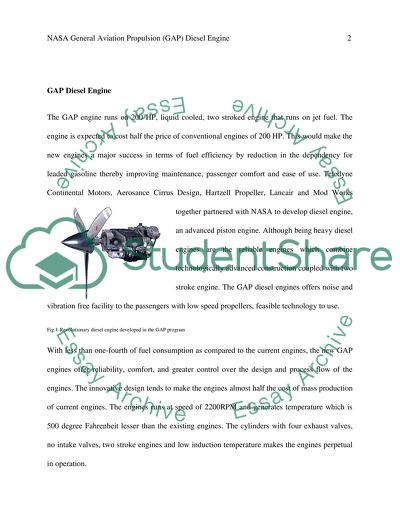Cite this document
(“NASA General Aviation Propulsion (GAP) Diesel Engine Research Paper”, n.d.)
Retrieved from https://studentshare.org/miscellaneous/1569342-nasa-general-aviation-propulsion-gap-diesel-engine
Retrieved from https://studentshare.org/miscellaneous/1569342-nasa-general-aviation-propulsion-gap-diesel-engine
(NASA General Aviation Propulsion (GAP) Diesel Engine Research Paper)
https://studentshare.org/miscellaneous/1569342-nasa-general-aviation-propulsion-gap-diesel-engine.
https://studentshare.org/miscellaneous/1569342-nasa-general-aviation-propulsion-gap-diesel-engine.
“NASA General Aviation Propulsion (GAP) Diesel Engine Research Paper”, n.d. https://studentshare.org/miscellaneous/1569342-nasa-general-aviation-propulsion-gap-diesel-engine.


